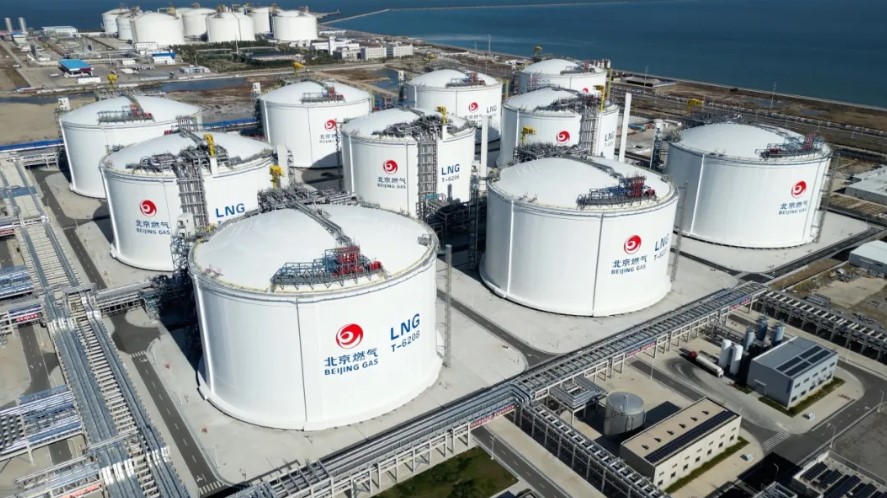This story requires a subscription
This includes a single user license.
Beijing Gas announced the commissioning of the third phase in a statement on Tuesday.
The third phase includes two 220,000-cbm LNG storage tanks.
In September 2023, the Tianjin Nangang LNG facility received its first commissioning cargo for the first 5 mtpa phase of the facility which entailed the construction of four 220,000-cbm LNG storage tanks.
This included two LNG storage tanks incorporating GTT’s GST membrane containment technology, while two other LNG tanks in the first phase do not have GTT’s tech.
Earlier this year, Beijing Gas commissioned the second phase which included the construction of four 220,000-cbm tanks.
The tanks in the second and third phases feature GTT’s GST membrane tech.

Following the launch of the third phase, the Tianjin Nangang LNG terminal now has 10 operational tanks with a total capacity of 2.2 million cbm.
The completion of the third phase will boost Beijing’s natural gas peak and emergency storage capacity and increase the city’s energy security, as well as in the Beijing-Tianjin-Hebei region, the state-owned gas distributor said.
During the 2023-2024 heating season, the first phase of the LNG terminal played an important role in securing gas supply to China’s capital, according to Beijing Gas.
The LNG terminal received 8 LNG vessels and 510,000 tons of LNG.
Beijing Gas said the facility sent 742 million cbm to the grid and completed filling of nearly 7000 trucks.
China is the world’s largest LNG importer and the country reported a jump in its LNG imports in October.
The country received 6.55 million tonnes last month, up 28 percent year-on-year.
During January-October, China imported 63.55 million tonnes of LNG, a rise of 13.2 percent year over year.

